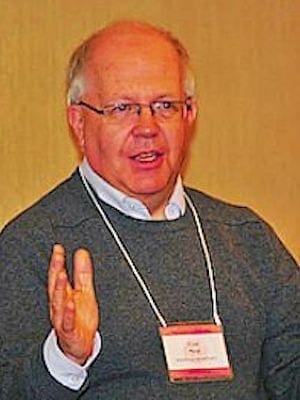In some ways it is a forgotten region of the world. It is the place of the legendary Silk Road, where exotic silks and spices travelled over some of the most beautiful but inhospitable mountain terrain in the world, in order to arrive at their destinations in Europe.
So central Asia is a meeting place of East and West and whatever great powers were around at the time struggled and even fought with one another for influence.
In the 19th century, it was the “Great Game” between Great Britain and Russia as Britain fought to keep open the route to India, and Russia brought most of the region under its control.
Then in the Soviet time came the somewhat artificial creation of the five central Asian states: Kazakhstan, Kyrgyzstan, Uzbekistan, Tajikistan and Turkmenistan, their borders decided by Stalin and often cutting across tribal regions.
So, for instance, 50 percent of the population in central Asia today is Uzbek, many of them outside Uzbekistan itself.
Today the United States, Russia, and China vie for influence in the region. The descendants of the Russians and Russian-Germans who were sent to populate the region have emigrated in large numbers back to Germany or Russia, others going to the U.S.
The ethnic majorities of these countries have in some cases found their voice and are now in government, though Russian influence remains strong.
Executive power tends to be in the hands of the state presidents, and you will see many large buildings and monuments erected by these leaders to try to preserve their image and their legacy.
Their governments are those of “moderate” Islam where it has been too easy for these former Soviet era leaders to continue repressive policies toward religious groups, which do not seem to fit their vision of society. Here, militant Islamic groups and evangelical Christian churches tend to be put in the same category.
I have just returned from a visit to three of the central Asian republics and visited a fourth a few years ago.
In some cases, life has become so difficult for our Baptist churches, including constant surveillance by the authorities, that it would not be wise of me to give any details of people or places.
But to a greater or lesser extent, all our churches and Baptist unions in central Asia face the same challenges:
A declining Russian/Russian-German presence. During the Soviet era, the Baptist churches were only Russian-speaking and adopted the Russian Baptist style of worship and church life.
In the past 20 years, there has been significant emigration of members; in that period, one of the Baptist unions has seen its membership fall from 20,000 members to just 2,500.
The Russian Baptists who are left are caught between wanting to preserve their traditional way of being church, and the realization that survival means change.
A reaching out for the first time to the ethnic majority populations of central Asia. In the past 20 years, the Bible has been translated into the ethnic languages, such as Kazakh, Kyrgyz, Tajik and Uzbek.
These ethnic groups are more Asian than European and their culture markedly different from Russian.
In one or two of the Baptist Unions, there have been successful attempts to begin new churches among them.
As one union mission leader said to us: “These ethnic churches represent the future of Baptist life in central Asia.”
They are likely to develop in different ways from Russian Baptists and this in itself is a challenge. For one or two of the unions, the starting of new churches among the ethnic majorities is forbidden by the government authorities.
Increasing restrictions on religious freedom, mainly using registration of churches as a tool of control and exclusion. In one country, no new churches have been able to be registered since 1998.
We talked to a church member from one of the ethnic churches who told of house meetings in secret, with hymn singing sotto voce and then believers having to leave the worship one by one so as not to arouse attention.
Even in countries which have been more open, such as Kazakhstan, new laws are coming into force that make registration of over half the churches there now impossible and so declaring them illegal and open to action by the authorities.
This has been done in the name of clamping down on militant Islam, but it is strange that no distinction is made between those groups and evangelical Christian churches, which have no record of violence or terrorism and seek to be good citizens of their countries.
All this has had its effect on the life of the churches. Many young people who might be able to exercise leadership in the future have emigrated, and in most cases leadership has not yet emerged from the ethnic churches.
Potential pastors sent abroad for theological education have not returned. Christian literature is severely restricted or banned. Some unions have faced large monetary fines for supposed violations of the law.
So where are the signs of hope? They are there in those leaders we met who have not left these countries and have dedicated themselves to building up the churches in a way which prepares them for the future.
Hope is there in one union whose membership can be measured in hundreds rather than thousands and which experiences constant surveillance and harassment by the authorities; yet this year so far has baptized 68 new believers.
Hope is there in the attempts to develop flexible patterns of theological education, where that is possible.
Hope is there in the lives of some wonderful Christian disciples whom we met in the Baptist churches and unions, and who are rejoicing in their faith in Christ despite the many challenges they face every day.
And as I visited these churches, I reflected that hope is there above all in the promise contained in the words of Jesus Christ: “I will build my church, and the gates of Hell will not prevail against it” (Matthew 16:18).
Tony Peck is general secretary of the European Baptist Federation. This column first appeared on his blog, Europe Matters.

